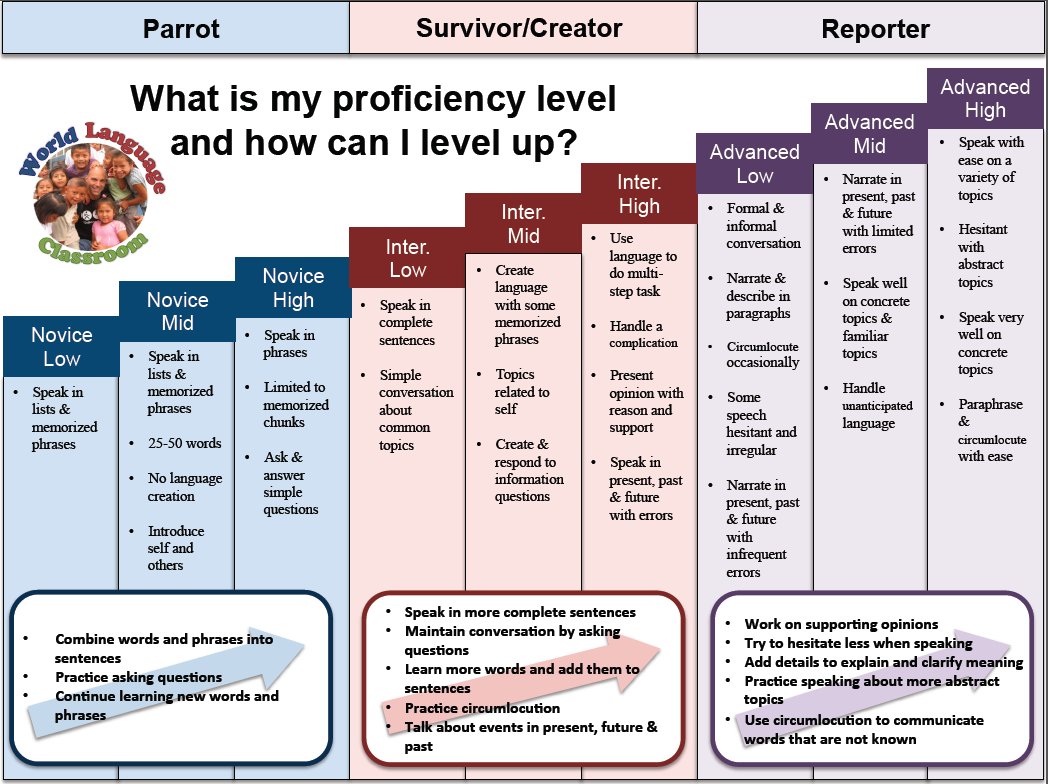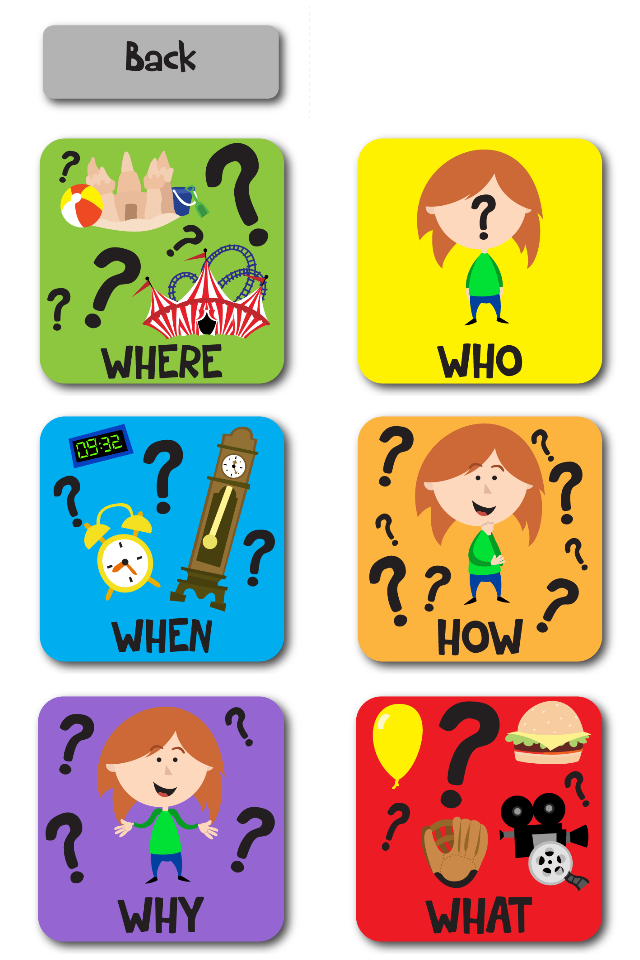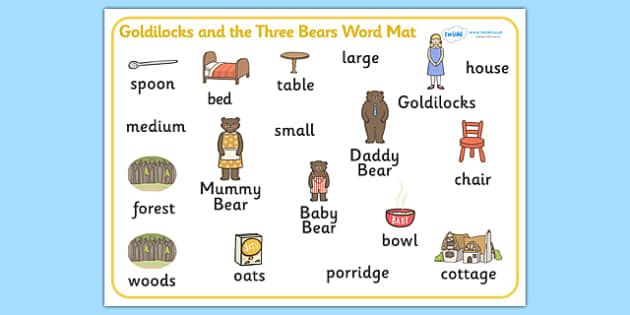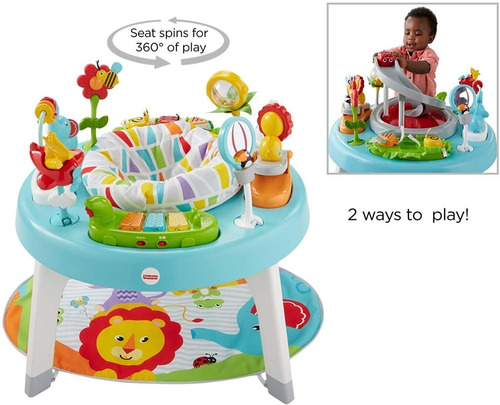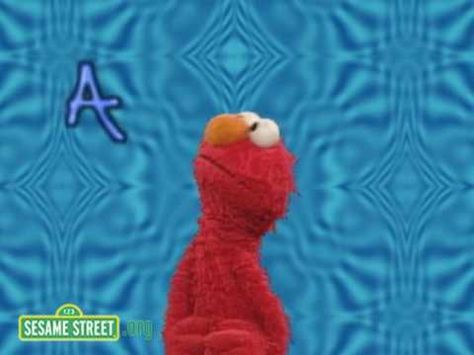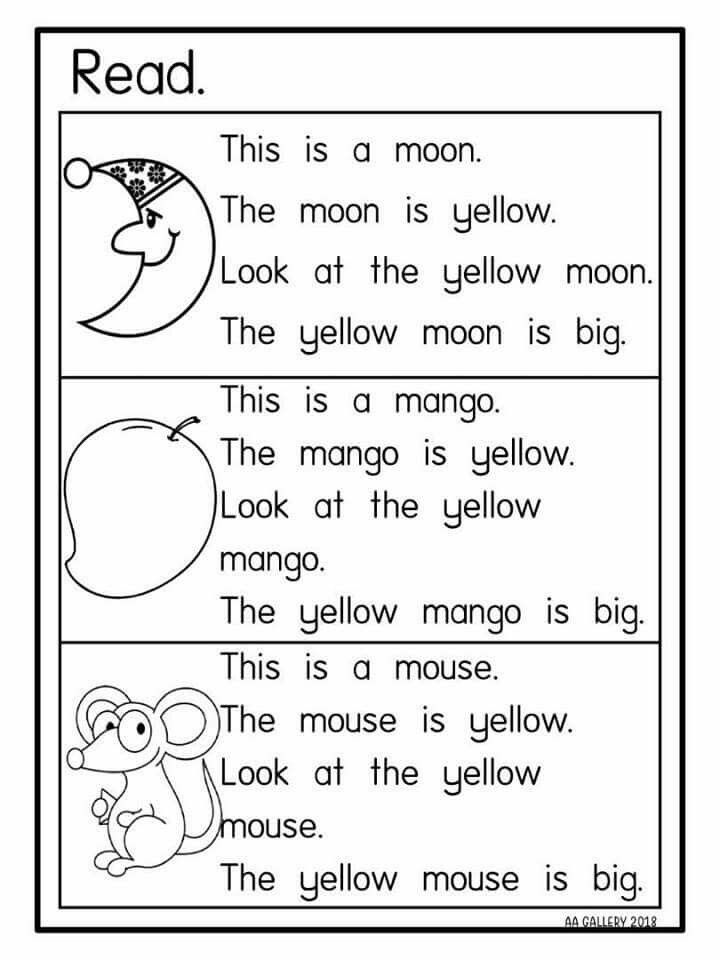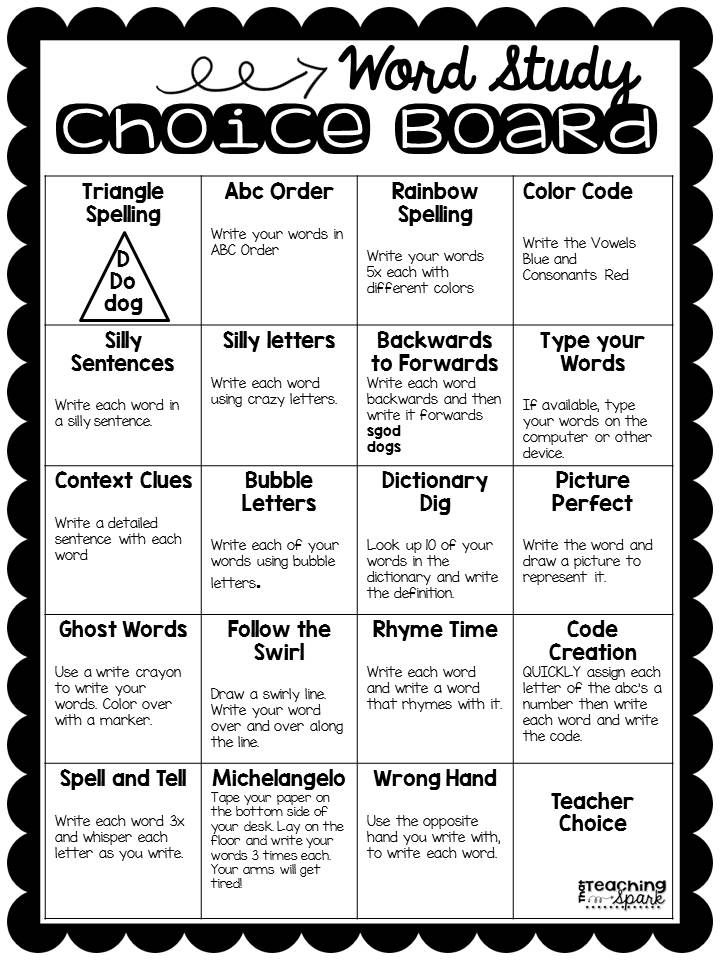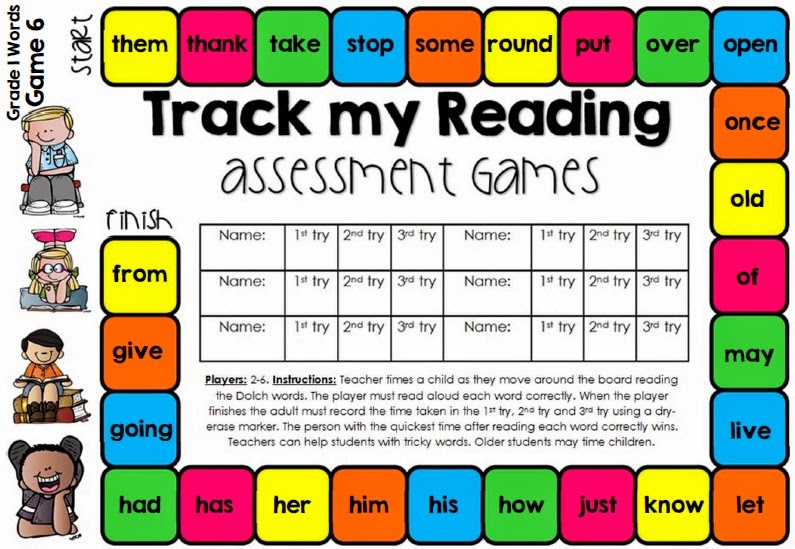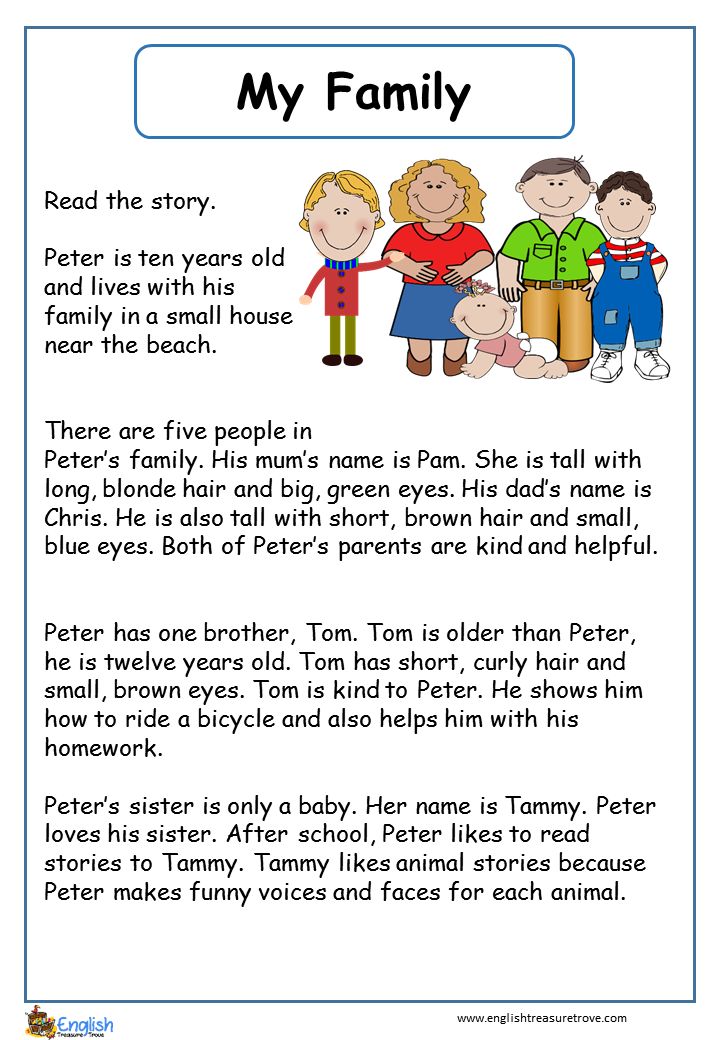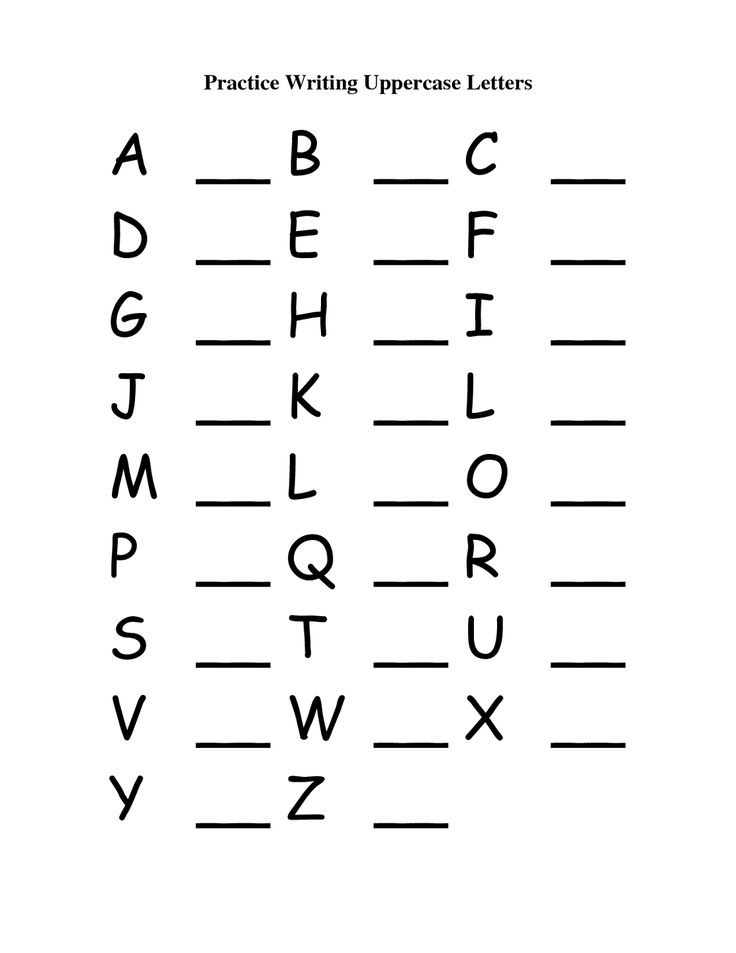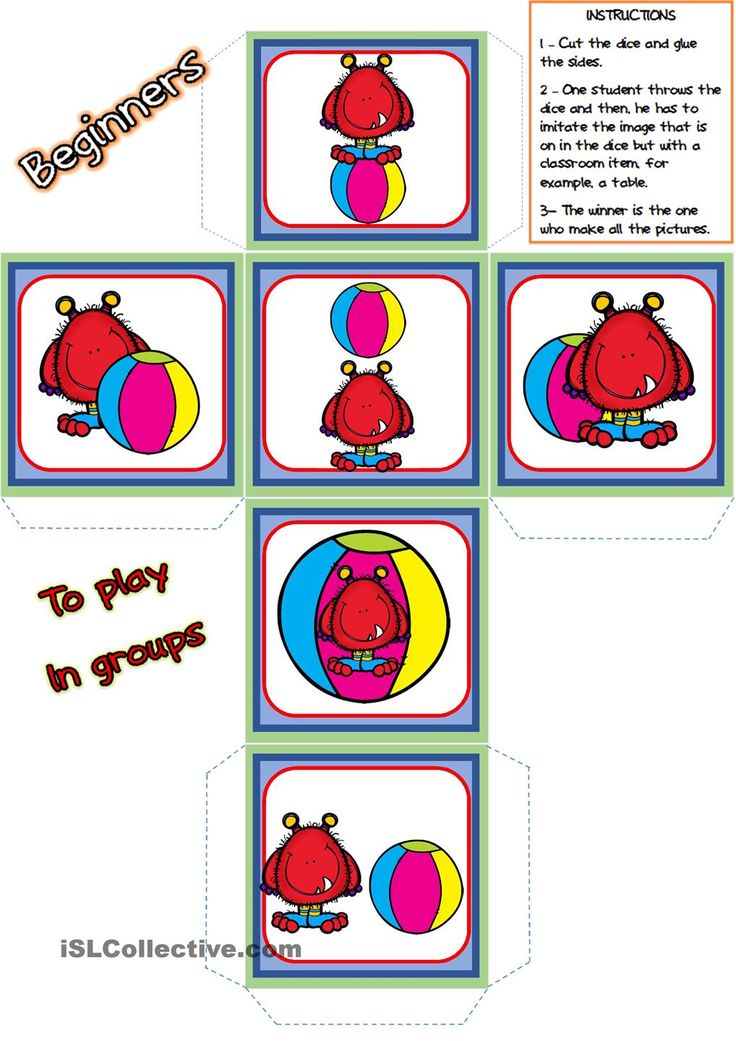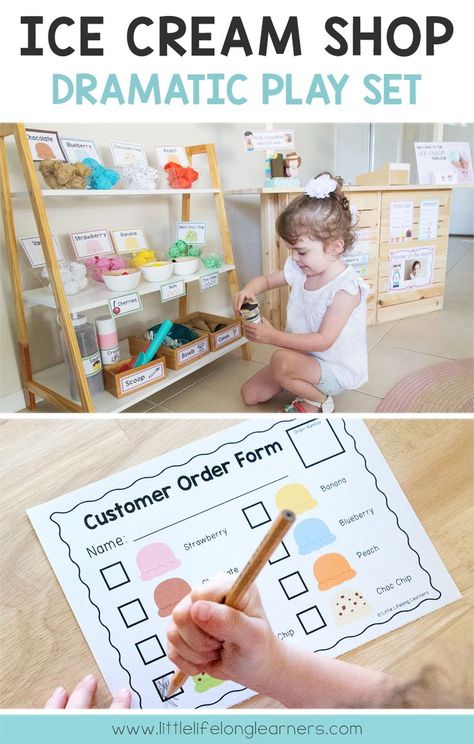What level is my book
How to Determine the Reading Level of a Book
This content contains affiliate links. When you buy through these links, we may earn an affiliate commission.
Fountas and Pinnell, Lexile Level, Primer, Pre-primer, Beginning Reader are all terms you may have heard if you have a young reader in your house. Seriously, what does it all mean? Is there actually a way how to determine the reading level of a book? If your child can read The Cat in Hat, which is a level J in Guided Reading, can she independently tackle Diary of a Worm, which has a Lexile Level of 510L or is she ready for Keena Ford and the Second Grade Mix-Up, even though that one has a DRA of 30?
Through this post, I am going to attempt to elucidate and explain reading levels. So scroll through to find the system that your child’s teacher uses or pour yourself a large cup of coffee and sift through all of the various ways educators, librarians, and book publishers level and categorize books for young readers.
Reading Levels Are Like Starbucks Sizes
I admit, I don’t visit Starbucks unless I have a gift card. I am also that person who goes to Starbucks and still tries to order a large iced tea. The barista calmly asks if I would like a venti or a trenta and then explains that I need to choose between Passion Tango, Matcha Green, or Guava White Tea. Then comes the question of sweetened, unsweetened, or added lemonade.
For the young reader, finding a book that can be read independently can be as tricky as remembering all of the variables in a Starbucks order. Little readers who are not familiar with reading levels or taught to find a “good fit book” often go for books that are too easy and boring, too difficult and frustrating, or, like my kindergarten son, books that have too many unreadable Star Wars planet names like Kashyyyk. If a child knows her reading level, she can find books that contain sight words she knows, plot lines that are not too advanced, and vocabulary that is manageable.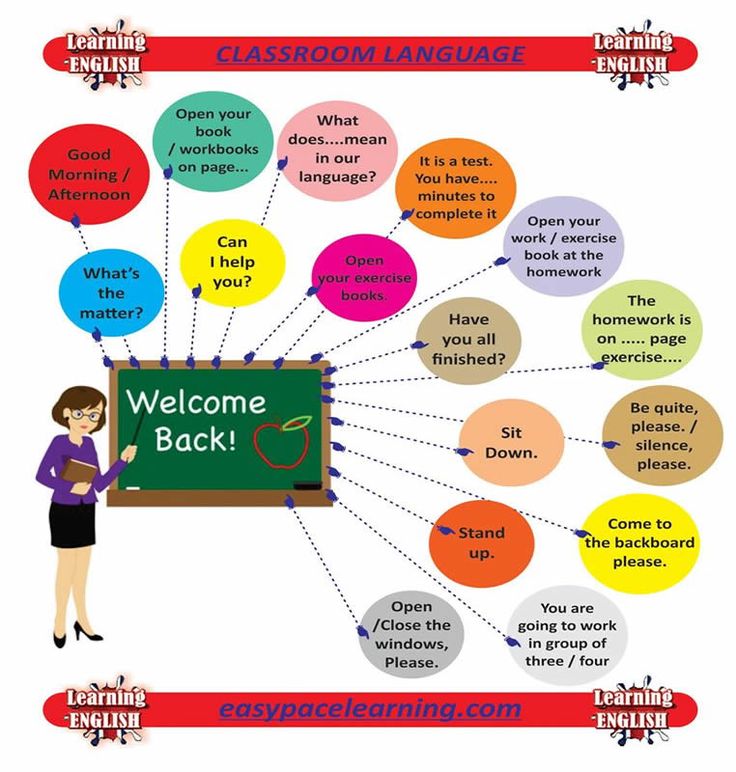
Explain the Levels, Please
There are many different ways that books are leveled. Here are the three most popular methods for how to determine the reading level of a book.
Developmental
Children become readers by moving through different developmental reading stages. These stages range from the emergent pre-reader to the expert fluent reader. Typically, the emergent pre-reader is between six months and six years of age, while the expert fluent reader is 16 years and older. The developmental categories are broader categories than many of the other leveling systems.
Letter Levels
When I taught first and second grade, I found letter levels to be the most kid friendly way to organize a classroom library. If your child’s school levels books using Fountas and Pinnell, Reading A-Z, Scholastic Books, or Guided Reading Levels, then books will be leveled using a letter system. While it would be nice, these leveling systems do not always correlate. A book that is a Reading A-Z Level P, is not always a Level P using the Guided Reading Levels.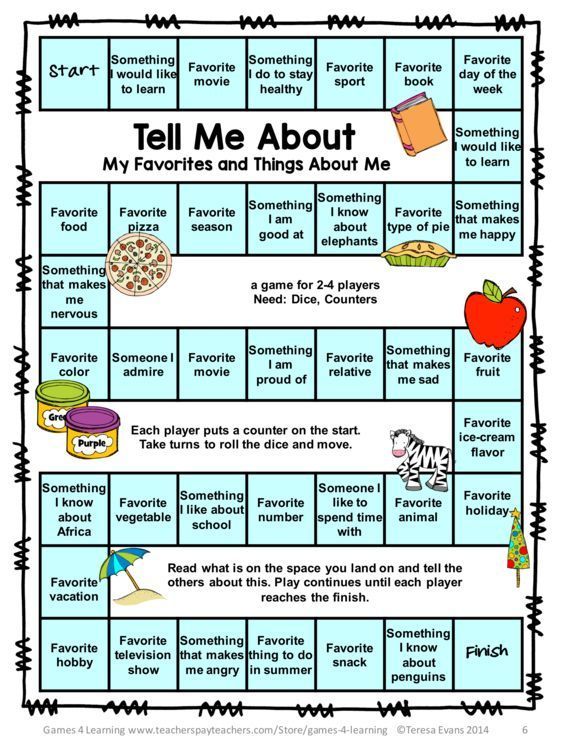
Number Levels
Books can be leveled through such systems as Lexile Numbers, The Direct Reading Assessment (DRA), and Reading Recovery. These systems measure texts by complexity and a reader’s skill level and then assign a number.
I Have My Child’s Reading Level, Now What?
Throughout the school year, your child’s teacher will probably perform reading inventories or assessments with your child. These will determine your child’s reading level.
If you homeschool or your child’s school does not use leveled reading, then use a simple test called the “five finger test” to roughly determine your child’s reading level. Have your child choose a book and open to the second page. Ask your little one to read the text out loud. If your child struggles with independently reading five or more words on that page, the book is too difficult and is not a good fit. You should also ask some comprehension questions to make sure that your young reader understands what she is reading.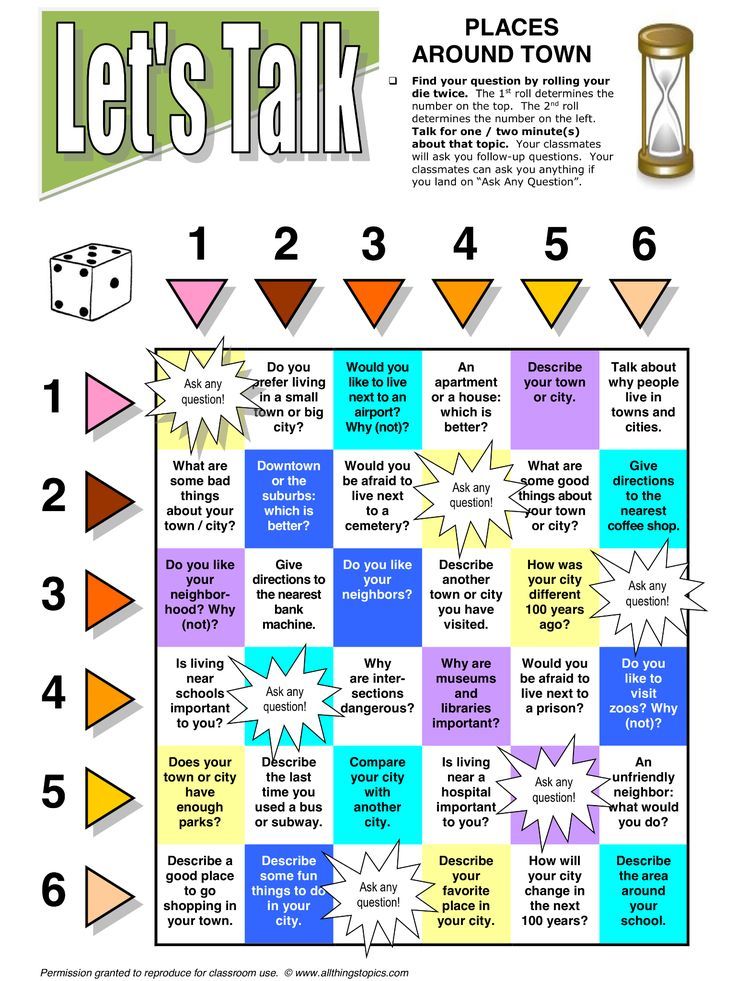 When a book passes the five finger test, use one of the links below to determine that book’s reading level.
When a book passes the five finger test, use one of the links below to determine that book’s reading level.
Once you have the reading level, take a look at these five helpful websites, apps, and charts that will help you and your child find or level the perfect book:
- Book Wizard : Type in the title of a book to retrieve the Guided Reading Level and grade level.
- Lexile Find-a-Book :Visit this site to find the Lexile Number for a specific book or to generate a list of books with a particular Lexile Number.
- Reading A-Z Level Correlation Chart : This is the best conversion chart out there for reading levels.
- Reading Levels Explained : Check out this very clean and user friendly site if you are still feeling overwhelmed by all of the reading level systems.
- Literacy Leveler app : Download this app and then use it to scan a book’s ISBN to see its Lexile, DRA, and GRL.
Levels Should be Helpful, Not Stressful
Reading levels should not feel restrictive.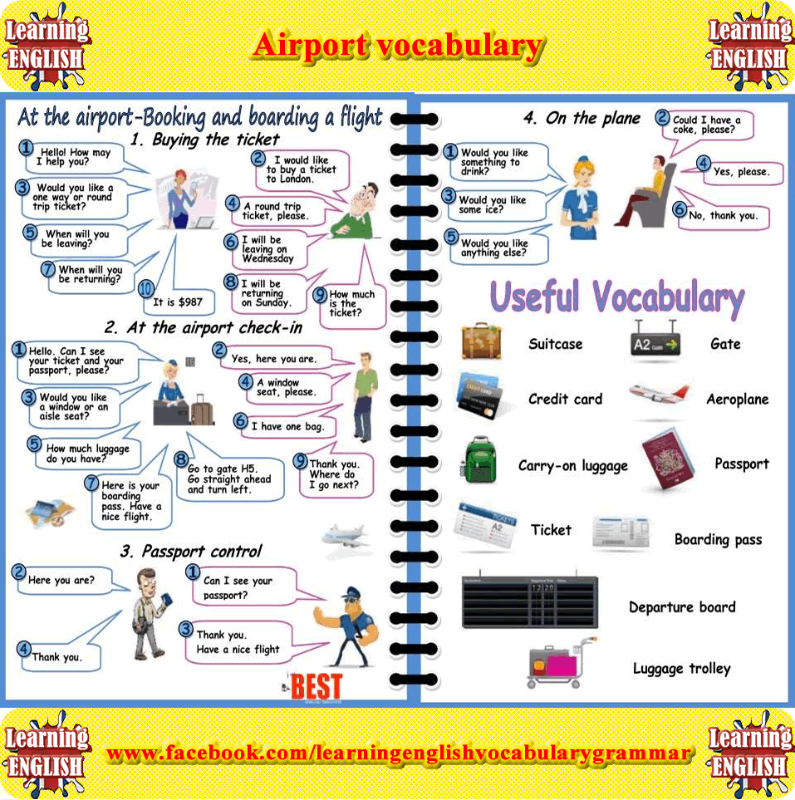 They should be used as helpful tools and not as a draconian system that kills the love of reading. Encourage your child to read books on her level, but don’t be upset if she chooses to reread an old favorite or picks up a nonfiction book that has some advanced vocabulary. Imagine how horrible it would be if adults had to always adhere to a reading level. I am well aware of the fact that some of my beach reads are probably a fourth grade reading level, with a Guided Reading Level of Q, 820L, and DRA of 40. I may not always be challenged as a reader, but it is still fun to sip my trenta Passion Tango unsweetened iced tea and enjoy a book simply for the fun of reading.
They should be used as helpful tools and not as a draconian system that kills the love of reading. Encourage your child to read books on her level, but don’t be upset if she chooses to reread an old favorite or picks up a nonfiction book that has some advanced vocabulary. Imagine how horrible it would be if adults had to always adhere to a reading level. I am well aware of the fact that some of my beach reads are probably a fourth grade reading level, with a Guided Reading Level of Q, 820L, and DRA of 40. I may not always be challenged as a reader, but it is still fun to sip my trenta Passion Tango unsweetened iced tea and enjoy a book simply for the fun of reading.
Need some books to practice leveling? Help yourself to 50 Must-Read Books for Beginning Readers, 20 Must-Read Books for First Graders and Second Graders, The Best Chapter Books for Kids: Engaging with Words, and 70 Must-Read Books for 3rd Graders.
Tools to Help You Level Your Classroom Library
A few weeks ago, I shared tips for organizing your classroom library.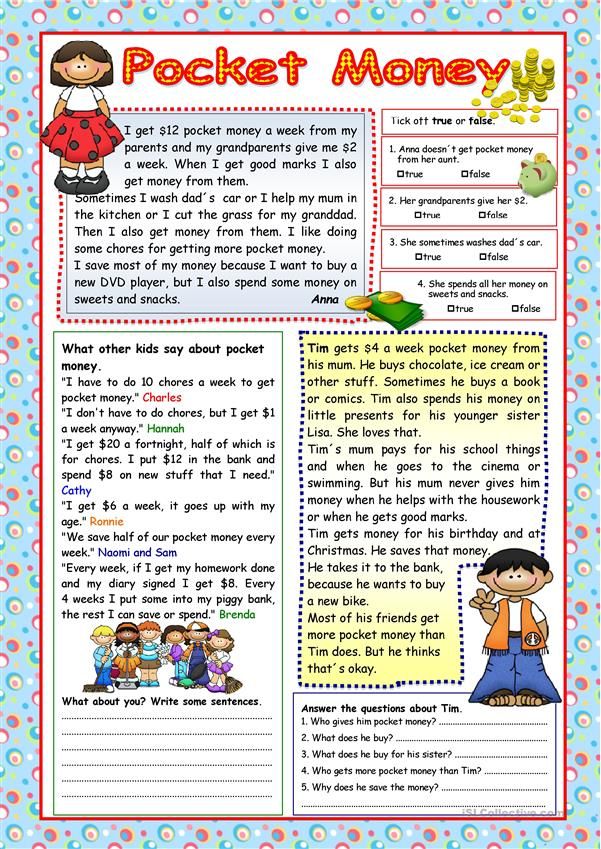 The response to that blog post has been overwhelming! In the post, I explained that I sort the books in my own classroom library by reading level, as well as theme.
The response to that blog post has been overwhelming! In the post, I explained that I sort the books in my own classroom library by reading level, as well as theme.
Sorting by theme is the easy part. We all know the importance of providing developmentally appropriate texts to students, but leveling an entire library can be a daunting task … until today!
I have researched a few of the top tools (both free and paid) for aiding teachers as they level their classroom libraries. Today I bring you pricing information, photos of the tools in action, and my HONEST opinion of each resource so you can make an informed decision about what will work best for you as you level your own classroom library.
I was pleased to discover that several companies provide iPhone and Android apps that allow you to scan the barcode and receive leveling results within seconds! Free or paid, iPhone (and Android) apps are my favorite type of resource because they are the fastest and most efficient way to level your books.
I’ll start by walking you through a few of the apps I recently installed on my iPhone. It is important to note that whether it was free or paid; no single app was able to identify and provide leveling information for EVERY book in my library. As you might expect, the paid apps sometimes provided data which was lacking in the free apps. In other cases, the FREE Scholastic Book Wizard app provided information about books that the paid apps did not! I would not expect a single resource to single-handedly level your entire classroom library, but each of the apps I successfully tested were able to level an impressive amount of books from my own library.
Scholastic Book Wizard App
Looking for a great FREE resource to help you get started? Start with the Book Wizard app from Scholastic! The app allows you to manually search (by typing the name of a tittle, author, or keyword). Most importantly, the app has a scanner that allows you to simply scan the bar code to quickly search the database for book information.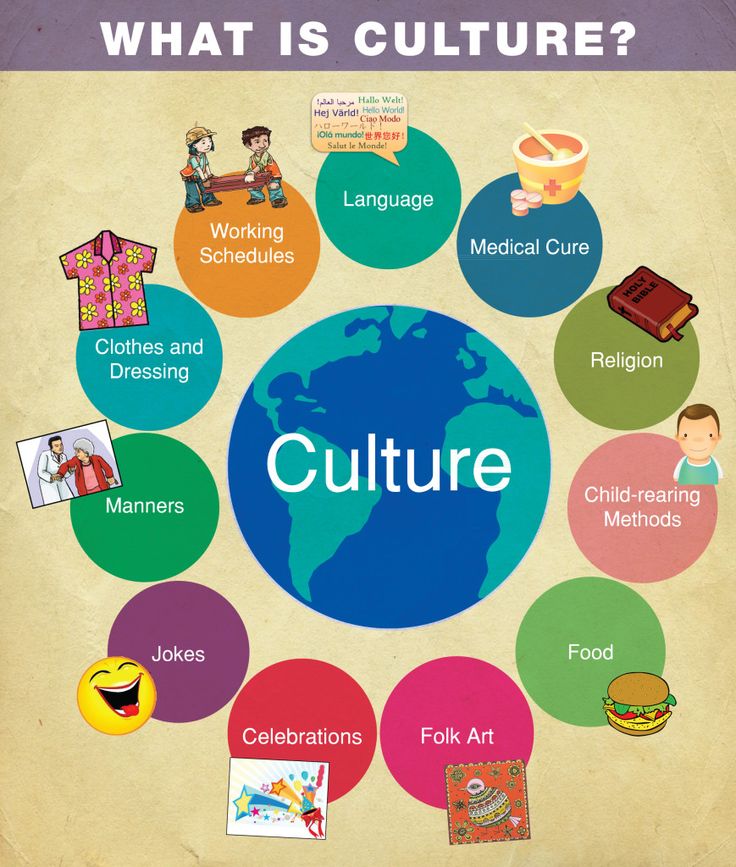 I was pleased to discover that information for MANY of my classroom books was available in the app. A brief synopsis of the book is included on the “Book Info” screen as well as title, author, and book level information. The one (minor) downside was that the level information was presented in a rather tiny text. As a result, the book level didn’t jump out at me, I had to really look at the screen to see it.
I was pleased to discover that information for MANY of my classroom books was available in the app. A brief synopsis of the book is included on the “Book Info” screen as well as title, author, and book level information. The one (minor) downside was that the level information was presented in a rather tiny text. As a result, the book level didn’t jump out at me, I had to really look at the screen to see it.
Bonus Feature: The Scholastic Book Wizard app also allows users to create an inventory of all titles in classroom library. You can also designate how many copies of the book you own and additional notes (such as where the book is filed in your library). I did not see any means to check books in or out. The list would mostly be a helpful tool for helping teachers quickly find a book or keep track of books they already own.
Level It App
My favorite of the paid apps was the Level It app. Just like Book Wizard, this app allows users to manually search for a book, or use your phone’s camera to scan a book’s bar code. This app also provides a description of the book with title, author, and level information. I loved how the levels are easier to discern with a quick glance at the screen. When I had a big stack of books that needed to be leveled, I appreciated being able to quickly and easily find this information so I could move on to the next book in the pile. This app is available for iPhone and Android users.
This app also provides a description of the book with title, author, and level information. I loved how the levels are easier to discern with a quick glance at the screen. When I had a big stack of books that needed to be leveled, I appreciated being able to quickly and easily find this information so I could move on to the next book in the pile. This app is available for iPhone and Android users.
Bonus Feature: The Level It app includes a feature to inventory your classroom library, along with a class roster. This allows the teacher to create individual student profiles and the ability to check in/out books to specific students. This is not a feature that I can see myself implementing in my kindergarten classroom, but I know it is a tool that will prove to be useful for MANY classroom teachers.
Literacy Leveler App
The Literacy Leveler App by FikesFarm, LLC is similar to the Level It app, but a bit more basic. Priced at $3.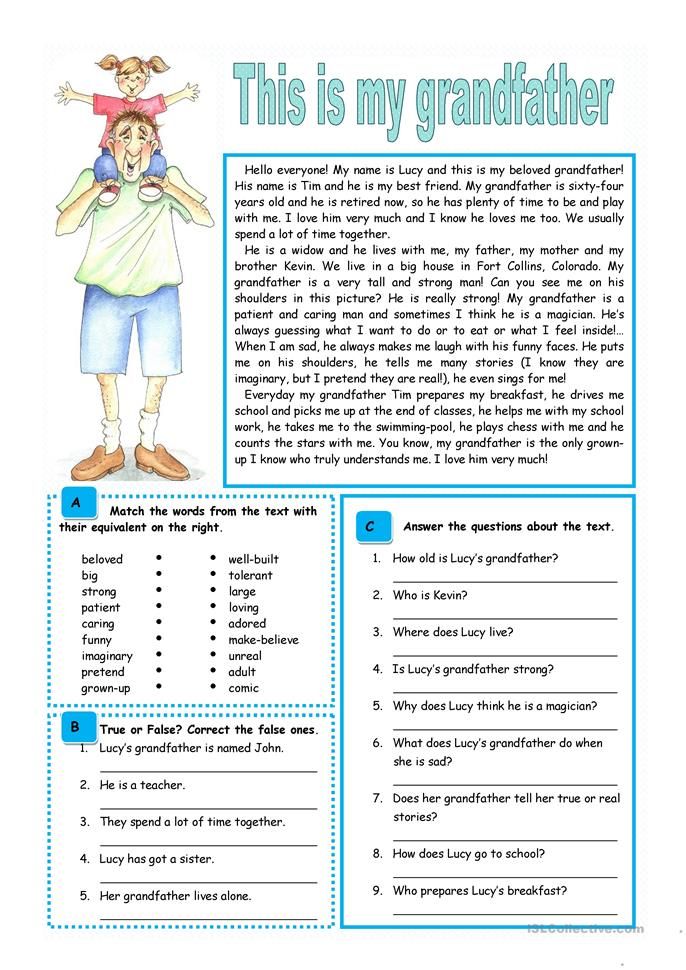 99, this app is currently only available for iPhone users. It allows users to manually search by title, author or ISBN; as well as scan each book’s bar code. Although the format of the app is simplistic compared to Level It (the other leading paid app for iPhone users) and did not include a book synopsis, I did appreciate the fact that book level information was boldly formatted and easy for users to see.
99, this app is currently only available for iPhone users. It allows users to manually search by title, author or ISBN; as well as scan each book’s bar code. Although the format of the app is simplistic compared to Level It (the other leading paid app for iPhone users) and did not include a book synopsis, I did appreciate the fact that book level information was boldly formatted and easy for users to see.
Bonus Feature: The Literacy Level app allows teachers to create an inventory of all titles included in their classroom library. It does indicate how many copies of a title a teacher possesses; nor does it allow teachers to make notes about each book. Despite its limitations, the library tool allows teachers to easily see a list of all books in their classroom library books at a given reading level with a quick touch of the screen.
Classroom Organizer App
Another free app for iPhone and Android users is the Classroom Organizer app from Booksource.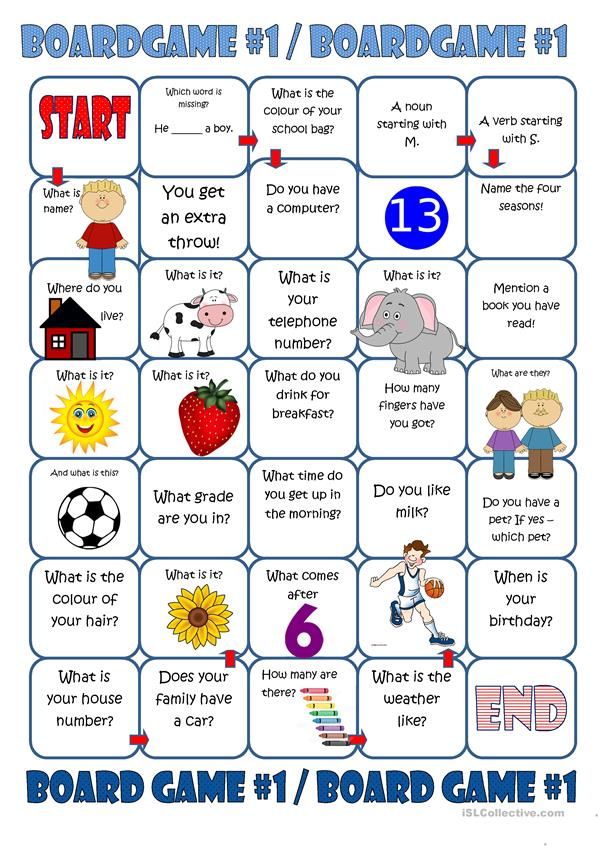 The app allows teachers to determine reading levels, organize, and track books in their classroom library. The description of this app sounds amazing (especially for a free product). Unfortunately, the great features offered by this app are overshadowed by it’s shortfalls for usability. I followed the instructions and got started by creating an online account with Booksource, but after nearly a dozen attempts, have not been able to successfully log in to the app. Some things should simply not be this much of a challenge. I’m sure it’s a wonderful app, but I have yet to see it in action.
The app allows teachers to determine reading levels, organize, and track books in their classroom library. The description of this app sounds amazing (especially for a free product). Unfortunately, the great features offered by this app are overshadowed by it’s shortfalls for usability. I followed the instructions and got started by creating an online account with Booksource, but after nearly a dozen attempts, have not been able to successfully log in to the app. Some things should simply not be this much of a challenge. I’m sure it’s a wonderful app, but I have yet to see it in action.
If you don’t have a smart phone or you prefer to look things up on your computer (the new old-fashioned way), there are a few websites that can be equally helpful as you level the books for your classroom library.
A to Z Teacher Stuff Leveled Books Database
The Leveled Books Database at A to Z Teacher Stuff allows users to search by title or author to determine the reading level for student books.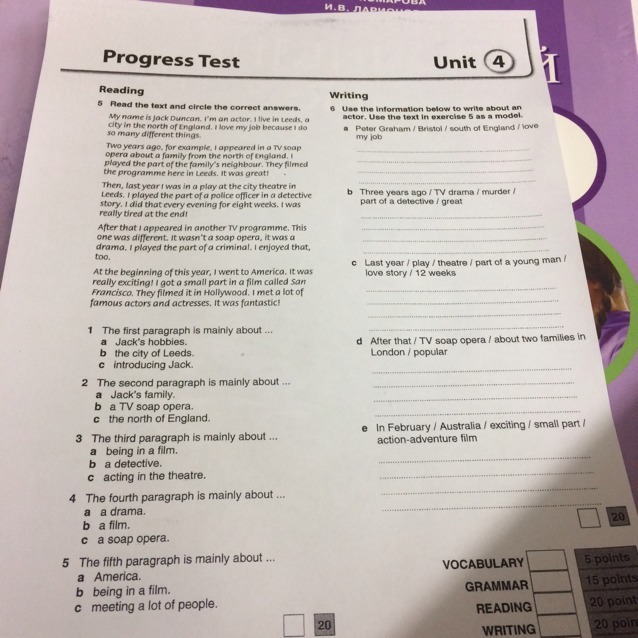 Teachers have the option of searching to find Guided Reading Level or Reading Recovery Level.
Teachers have the option of searching to find Guided Reading Level or Reading Recovery Level.
Although the database is not comprehensive (MANY popular titles from my classroom library are missing from the online resource,) it is free and helpful for some books. If you are just getting started, this is a resource that should not be overlooked.
Scholastic Book Wizard
If you love the Book Wizard app, you should know that this was the website that started it all. The Scholastic Book Wizard is a free website that allows educators to search by title, author, or keyword. Users can view a book’s Grade Level Equivalent, Guided Reading Level, or Lexile Measure. The extensive database was my first step when I began to level my own classroom library a few years ago.
Fountas & Pinnell Leveled Book Website
For educators seeking a more official means of leveling their classroom books, the Leveled Book Website from Fountas & Pinnell is available as a subscription service.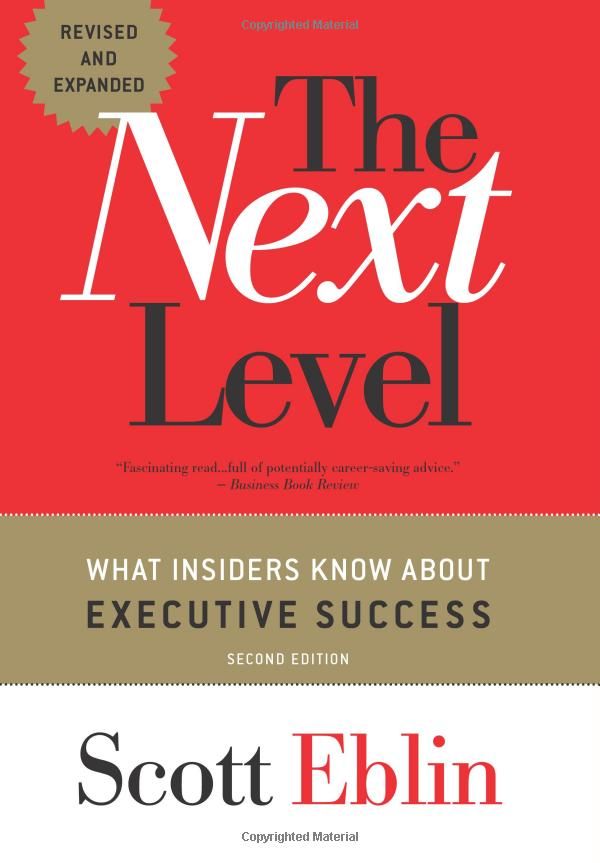 With a base price of $25 for an annual membership, group discounts are also available.
With a base price of $25 for an annual membership, group discounts are also available.
I Leveled My Books… Now What?
Once your classroom books have been leveled, you will want to make them easily accessible to your students. My own classroom library consists of two categories: books sorted by level and books sorted by theme. The box containing each type of book is clearly labeled, and each book contained within the box is given a small coordinating label. This way, students have a clear visual cue to help them return books to their proper location.
My Kindergarten Classroom Library
Find out more about my classroom library in this blog post. Learn how it’s organized, where to shop for my favorite book bins and see the little touches I added to make it extra special for my students.
Classroom Library Labels
Organize your library in style with my classroom library labels. Available in {Black Series} and {White Series}, this downloadable product includes labels for a variety of levels and themes to suit your classroom needs. Classroom Library Labels can be purchased in my TpT store.
Classroom Library Labels can be purchased in my TpT store.
Do you have plans to level your classroom library this summer?
What is your favorite book leveling resource?
How big should the book be?
The most common question people ask me about writing books is, "How big should a book be?" This is asked so often.
Sometimes the author asks it because he has already written 120 thousand words, and now he is waiting with crossed fingers for my answer that this is a normal amount.
Another hopes that I will answer that 40 thousand is quite normal for a novel.
Theoretically, your book should be big enough to fit everything you want to say.
If you're a self-publisher, what could be easier.
But if you're going to go to traditional publishers, it's important to know and understand that they have standard requirements. The size of your book will help agencies and publishers decide whether to promote your project.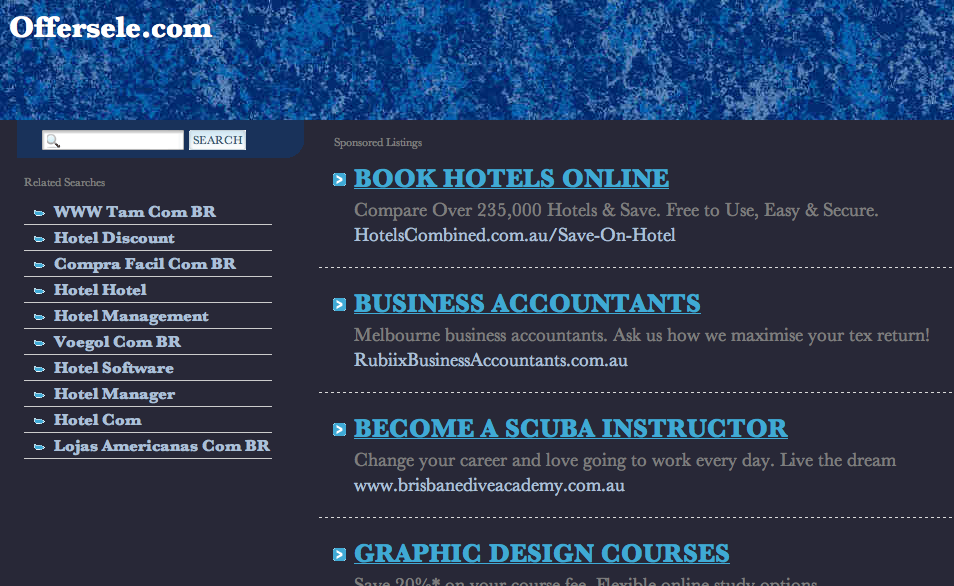
Here's the thing: Agents and publishers receive a myriad of manuscripts each year. They take only a small fraction of them to work. Let's say less than ten percent. Because they need a quick way to select the desired work.
One such method is to count the number of words in a manuscript. They understand that it will not be easy to sell a debut novel of both 120 and 40 thousand words, so they dismiss such works.
Let's start in order. What novel are you writing? The length depends on the audience you're writing for and the genre you've chosen.
Books for adults and teens
A standard book for adults or teens must be less than 100,000 words. This is an ironclad rule in traditional publishing. When you earn a name, you can write longer books, but the debut novel should be between 70 and 90 thousand words. No more, no less.
If you are writing in the science fiction or fantasy genre (where you want to describe the universe of the book), you can go up to 110,000 words.
Book for schoolchildren
Books for schoolchildren are works for children from 8 to 12 years old. The standard volume of such a book is from 35 to 55 thousand words.
If you are writing a book for younger students, it can be even smaller: 25,000 words. For a science fiction or fantasy genre with a description of the world, you can increase the volume to 75 thousand words.
Children's book
Children's books are intended for those who have just learned to read - children aged 5 to 9 years. The volume of such books should be from 4 to 13 thousand words. The lower or higher the age of the child for whom the book is written, the more one can lean towards the lower or upper limit of the specified range, respectively.
Comic
Comic should be between 0 and 1300 words. Yes, comics can be without words at all. But if you are a writer, you will most likely use words.
Two types of writers
There are two types of writers.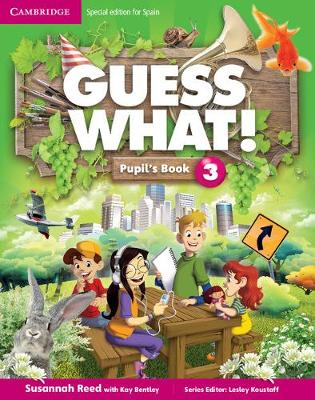 Some people write the first drafts short, and editing has to add and go deeper. Others write long first drafts, and have to throw out pieces during editing.
Some people write the first drafts short, and editing has to add and go deeper. Others write long first drafts, and have to throw out pieces during editing.
So if your first draft of a book for adults or teens is 40,000 words long, you have a lot of work to do. As well as the one whose it exceeds 150 thousand words.
I can literally hear you telling me that your book should be 150,000 words because you can't take anything out of it without breaking the story. Or you have already told the whole story in 40 thousand words, and you have no idea what else can be added.
Here's the thing: if you're an independent publisher, publish anything. Though a monster with a volume of 150 thousand words, even a little one.
But I assure you, the book can be "lengthened" or "shortened" without losing anything. And you'll have to do that if you want to apply to a publisher.
But shortening a novel that is too long is worth it, no matter how you intend to publish it.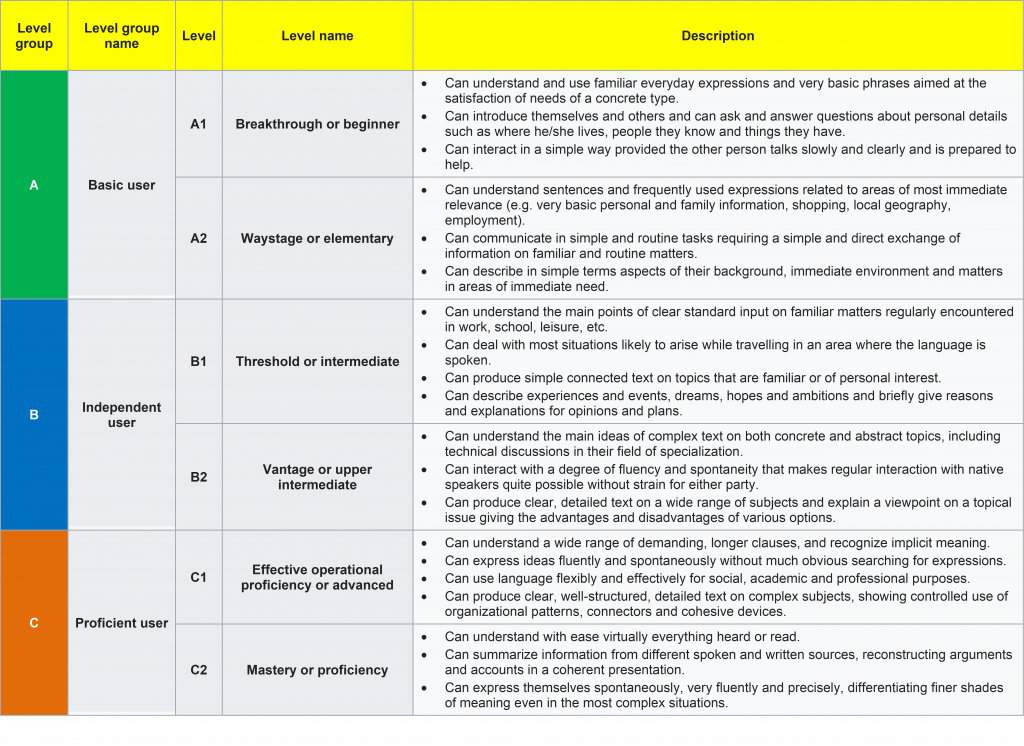
Here are some tips on how to increase or decrease volume.
How to increase volume
When rereading your first draft, mark the places where there is exposition. That is the story. If you are telling a reader about something, ask yourself if it would be better to describe this episode.
Consider adding a subplot, for example, in the second act. Look for a storyline in which you can develop events around a minor character. In the second act, you can add something to the book that will help your book slow down, become more exciting.
Books are often too short due to crumpled endings. Perhaps the author is afraid to seem verbose or just wants to finish at last. Make sure your ending isn't too superficial.
How to cut the length
If your book has more than 100 thousand words, you will have to cut it.
As you work on your first draft, ask yourself if there are any episodes or storylines that don't move the main story forward.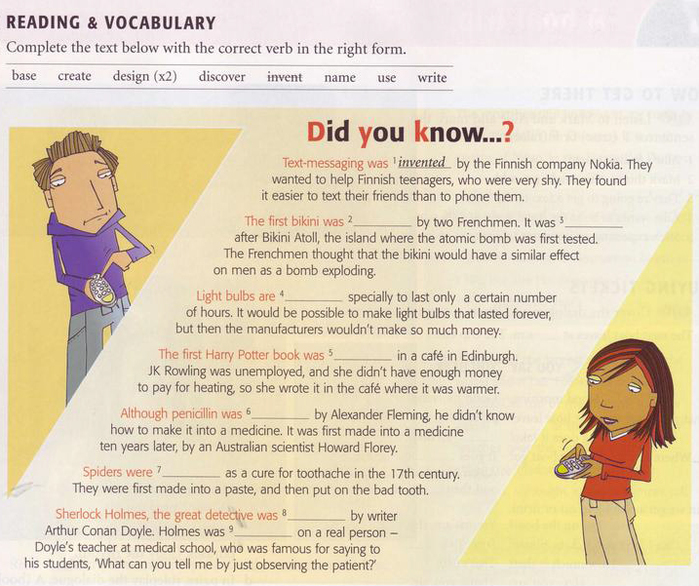 If they can be completely removed from the book without affecting the main story, then it is worth doing.
If they can be completely removed from the book without affecting the main story, then it is worth doing.
Maybe somewhere between half of the book and the third quarter, the actual ending was lost? It is possible that you actually have two books in your hands.
My favorite writing method is called "Resist the urge to explain." I learned about it from an amazing book: Self-Editing for Fiction Writers: How to Edit Yourself Into Print. She completely changed the way I write.
Use this method at the editing stage, looking for places where you repeat information because you're afraid the reader won't remember it. Rely on the reader to understand your story and resist the urge to explain.
Also look for places where you repeat yourself using a description or metaphor. Usually, one description or metaphor is sufficient for an effective presentation.
Shaunta Grimes
A joint project of the Lingvopand Club and the editors of LL
28 books that influenced my thinking, inspired or made me better - Oftop on vc.
 ru
ru My books
145 456 views
I don't like reading book ratings for two reasons. First, most often they are a list of books selected by an unknown author according to unknown criteria. Secondly, the descriptions of books are more like advertising texts of publishers, which are difficult to believe.
Because of this, most of these materials are of little use, despite the fact that they may contain sensible books. I have long wanted to write a useful review that will not impose certain materials, but will allow the reader to choose the most appropriate ones.
***
Over the past five years, I have read more than 150 books and during this time I have managed to rethink the process of reading and understand which books really influenced me, and which only caused a temporary outburst of emotions.
In this review, I have selected only those books that have influenced my thinking, inspired important decisions, or helped me understand a new topic.
For each book, I have added a description that will reveal how it influenced me and attributes that will help you choose a book of a certain style. These attributes are:
Practice - advice like "get it and do it."
Motivation - inspiring stories.
Knowledge - a deep analysis of the topic.
At the moment, I like deep books that talk about fundamental things and don't give specific advice. There was a time when I needed motivation or practical advice to understand a new topic. All of these books have influenced me, so pick the ones you need right now.
In the first part of the material, I will tell you in detail about the most favorite books, and in the second, a little shorter, about those that did not have a strong influence, but, at the same time, made me better.
KEY BOOKS
Ray Dalio: Principles. Life and work»
Practice, motivation, knowledge.
The book begins with the autobiography of the author, who is #67 on the Forbes world list and the founder of the most successful hedge fund ever.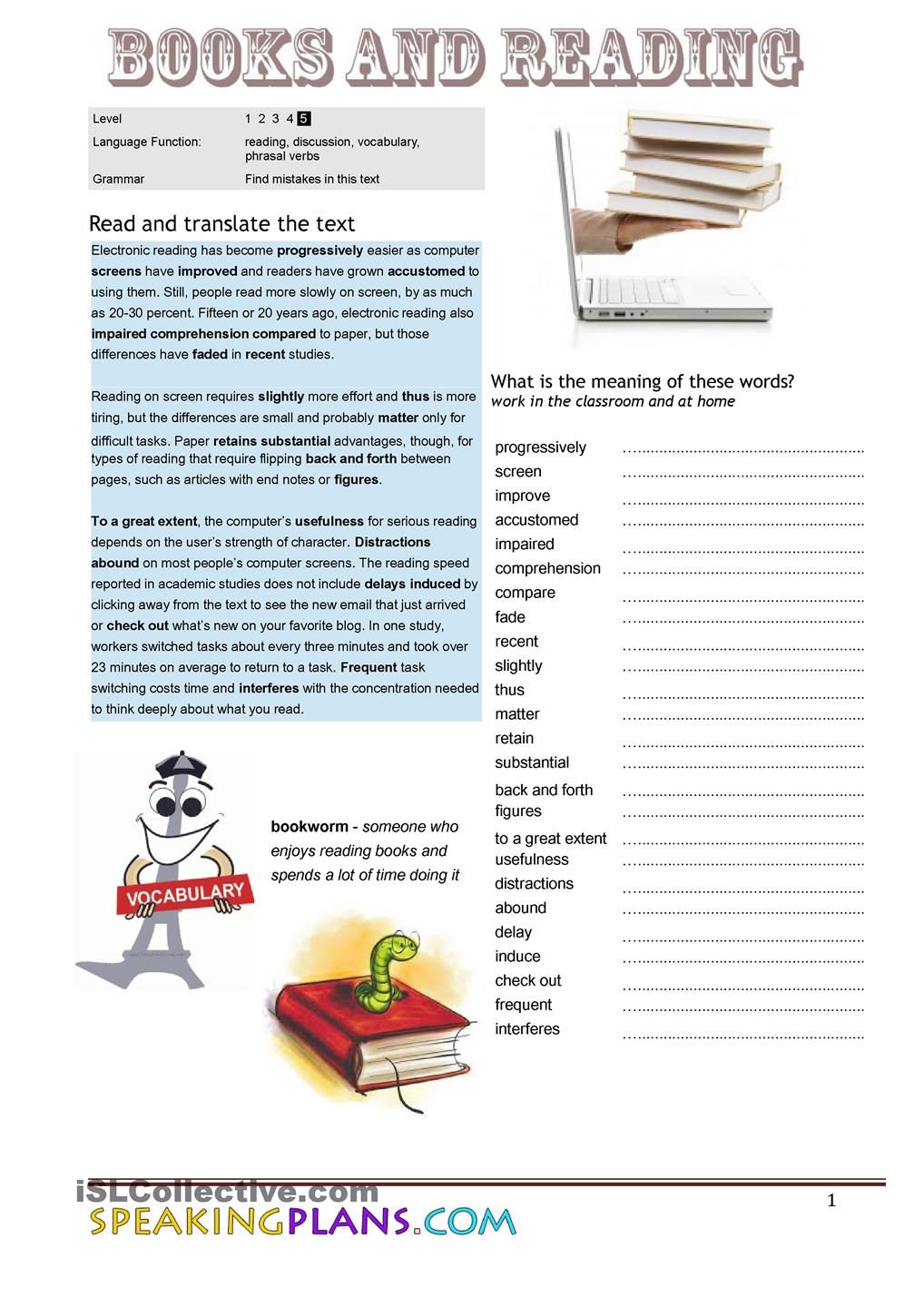 Ray Dalio's path was not easy. At some point, he lost all his clients and colleagues and started building his company Bridgewater Associates from scratch, which currently manages over $150 billion in assets.
Ray Dalio's path was not easy. At some point, he lost all his clients and colleagues and started building his company Bridgewater Associates from scratch, which currently manages over $150 billion in assets.
Throughout his life, Ray Dalio analyzed the results of decisions made (his own and those of others) and, based on these data, formulated principles that help achieve more in his personal and professional life. The principles are very specific, thanks to which one gets the feeling that the author managed to understand many of the fundamental laws of our world.
Nassim Taleb: Black Swan, Antifragile, Fooled by Chance, Risking Our Skin
Knowledge.
Nassim Taleb is my favorite author. Firstly, his books have helped me get rid of many stereotypes and make more sound decisions in my career (here, of course, time will tell, but at the moment, the results are encouraging). Secondly, I like his style.
Each book by Nassim Taleb contains a key idea, which for ≈400 pages is fascinatingly examined from different angles, during which the author has time to reasonably ridicule several authorities and express a number of deep thoughts.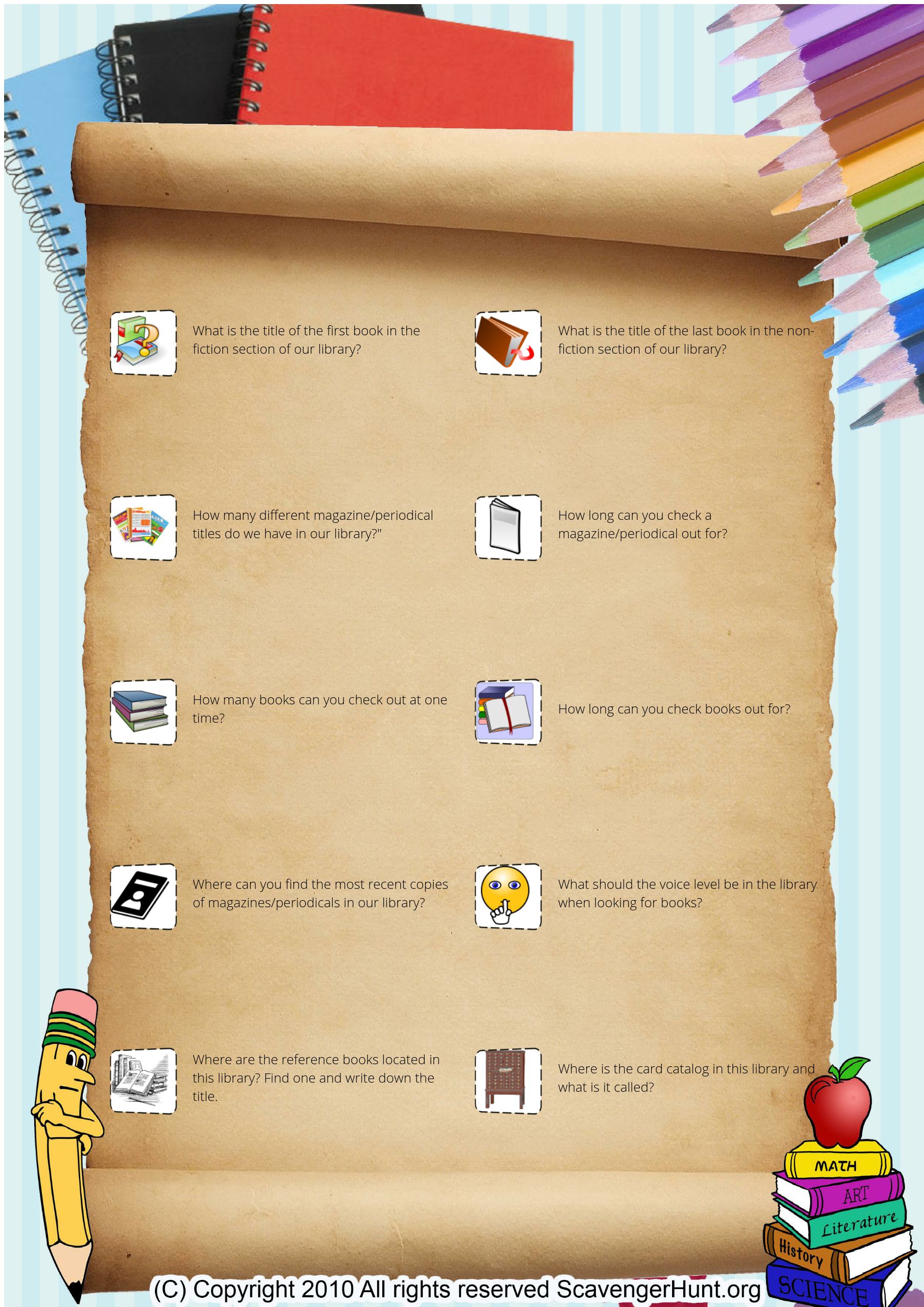
While reading, I alternate between laughing and thinking deeply. But, the main thing is that the described philosophy helped the author to earn good money. In other words, it passed the reality test.
Daniel Kahneman: "Think slow... decide fast"
Knowledge.
Daniel Kahneman is one of the most famous psychologists in the world, whose book shows how often people make stupid mistakes in everyday situations. Think Slowly... Decide Fast is one of the few books that teaches you to think sensibly.
Yuval Noah Harari: Sapiens: A Brief History of Mankind, Homo Deus. A Brief History of the Future"
Knowledge.
In the first book, the author tells how we ended up where we are now. After reading it, the absurdity of many modern traditions and institutions is revealed. Since by understanding their origins, we can determine the causal relationship of many modern things and, if necessary, free ourselves from their influence.
In the second, he reflects on where we can go (and what we can become). The author talks about modern research in the field of medicine, psychology, artificial intelligence and suggests where these discoveries can lead humanity. Some assumptions are very strong and make you think.
Richard Dawkins: "The Selfish Gene"
Knowledge.
Dawkins is not easy to read and one should not hope for a complete understanding of the material, but the main thoughts about evolution are clear from the first chapters and sober the brain well. Almost everyone knows about the theory of evolution, but thanks to this book, understanding becomes deeper and is immediately reflected in the perception of the world.
Tim Ferriss: "Tools of Titans", "Tribe of Mentors", "How to Work Four Hours a Week"
Practice, motivation.
Tim Ferriss is known to most readers for his book How to Work Four Hours a Week. I even know people who have been forced by this book to quit their jobs and pursue a personal project.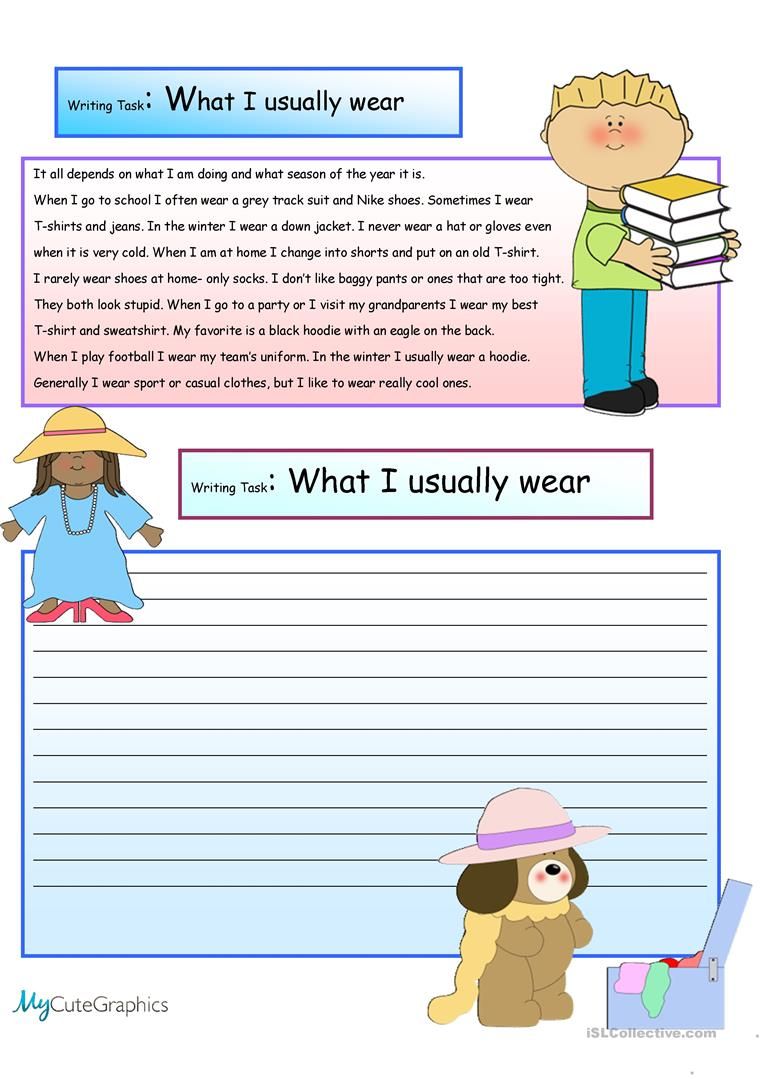 A few years ago, this book also influenced me, telling a lot about effective work (I didn’t work full-time then, so I didn’t have much to give up).
A few years ago, this book also influenced me, telling a lot about effective work (I didn’t work full-time then, so I didn’t have much to give up).
Tools of Titans and Tribe of Mentors are completely different books. In them, the author collected the answers of dozens of successful people from various fields to very thoughtful questions. For me, these books have become desktop, and I often return to them.
Arnold Schwarzenegger: “Recall everything. My Incredibly True Story"
Motivation.
I remember the first time I saw this book on designer Tobias van Schneider's recommendation list and thought the bodybuilder's story would teach me little. But over the course of several months, I regularly heard mentions of her from other successful people and decided to get to know Arnold's story better. Of course, I knew that in addition to bodybuilding, Arnold became a successful actor and governor of California, but I did not know how.
What impresses me most is the author's purposefulness. At every stage of his life, he knew his goals, always thought ahead and tried to increase the likelihood of success in any of his undertakings.
At every stage of his life, he knew his goals, always thought ahead and tried to increase the likelihood of success in any of his undertakings.
His entrepreneurial approach to any business and his mind (Arnold was good at mathematics) is a great example of how people achieve meaningful results, despite the difficulties that stand in the way. Arnold is most associated with the word “success” for me, as he was able to achieve decent results in four different areas: sports, business, cinema and politics.
Kelly McGonigal: “Willpower. How to develop and strengthen”
Knowledge.
The author claims that willpower is a muscle that can be trained and used correctly. And it is used not only during work, but also in everyday things, so its rational use is very important for a full life. The book helped me understand the causes of emotions and explained it scientifically.
Maxim Dorofeev: “Jedi techniques. How to Raise Your Monkey, Empty Your Inbox, and Save Your Mind Fuel0003
Practice.
I read a lot of productivity books and at some point I started to dislike them all. But after numerous recommendations, I decided to read it and it turned out that Maxim managed to collect key knowledge on productivity under one cover, avoiding banal reflections.
The book discusses the planning of personal projects, the correct formulation of tasks and how to implement them. Maxim introduces the concept of “thought fuel”, which represents the intellectual capabilities of a person and teaches how to use it competently.
Brent Schlender, Rick Tetsley: The Rise of Steve Jobs
Motivation.
I liked this book much more than Isaacson's official biography (they say that Steve's relatives did too). It does not contain well-known stories about the development of Apple, but instead, the authors tell how the personality of Steve Jobs changed throughout his career.
Brent Schlender and Rick Tetsley show Steve Jobs much more than other authors of books and films did. It tells about the many mistakes in the development of the company that the founder of Apple made, and how he behaved in different situations.
It tells about the many mistakes in the development of the company that the founder of Apple made, and how he behaved in different situations.
Phil Knight: Shoe salesman. The story of Nike as told by its founder"
Motivation.
In addition to the fact that it is always interesting to learn more about the history of the development of successful companies, there is something else in this book. Few people know that Phil Knight, during the first years of his career, only resold Asian sneakers in the USA and, only having been refused further cooperation, decided on a new initiative, which many years later made him the founder of one of the most famous brands in the world. This is a very instructive and intriguing story.
Jason Fried, David Heinemeier Hansson: Rework. Business Without Prejudice", "It Doesn't Have to Be Crazy at Work"
Practice.
Last week, I read Basecamp's new book, It Doesn't Have to Be Crazy at Work. It, like the previous ones, offers an alternative view of business development.
It, like the previous ones, offers an alternative view of business development.
Instead of scaling and changing the world, the authors propose to stay at a comfortable level that allows the business to gradually improve, and the company's employees to live their lives away from the office (although most Basecamp employees work remotely).
The authors give a lot of advice on organizing a corporate culture, product management, efficient work, communication with customers and company employees.
BOOK BLITZ
Igor Mann: "Number 1. How to be the best at what you do"
Brief description of the skills that “Number 1” should have in his business, according to Igor Mann.
Tony Schwartz, Jim Lauer: Full Power Life
This book teaches that energy management is much more important than time management.
David Schwartz: The Art of Thinking Big
A book that motivates for great achievements, while giving practical advice.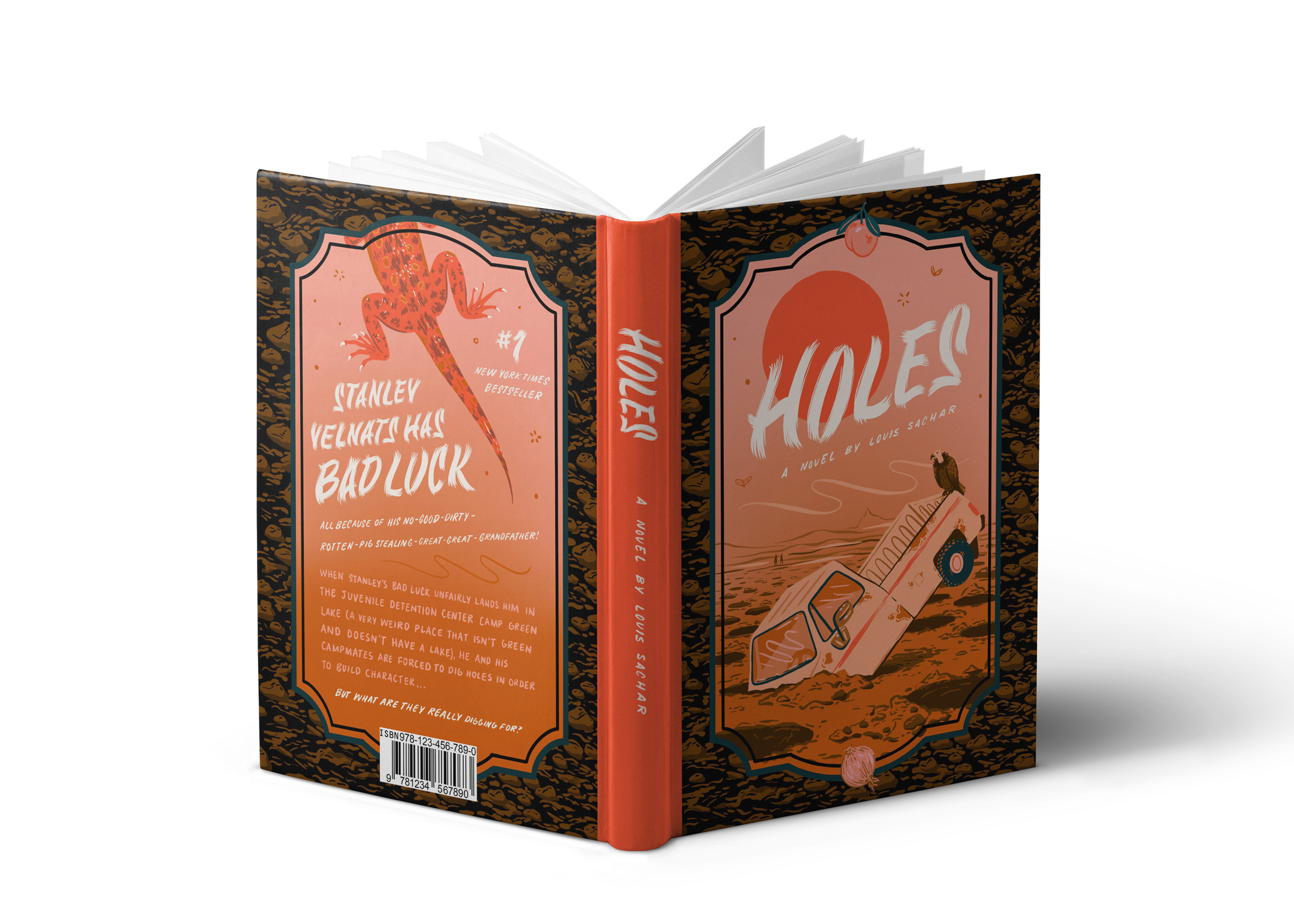
Cal Newport: "Stop Dreaming, Get Started!"
The author proposes the concept of “career capital”, which helps to look at one's career in a new way.
Donald Norman: The Design of Everyday Things
A book that shows the essence of a designer's work using numerous examples.
Peter Thiel: “From zero to one. How to create a startup that will change the future»
Reflections on startups of one of the most famous investors in the world.
Ed Catmull, Amy Wallace: Genius Inc. How to manage a team of creative people"
Pixar founder shares in-depth tips for managing a creative team.
Ayn Rand: "The Source"
A fiction book that teaches healthy selfishness and not to succumb to the influence of the majority.
William Zinsser: "How to write well"
A classic book for non-fiction writers.
***
Instead of conclusion
The best books I've read come from recommendations from people I respect, not from a bestseller label or pretty description.